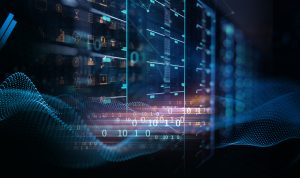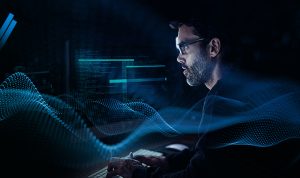
The Role of Artificial Intelligence in Shaping the Future of Cybersecurity
Introduction As the digital world continues to expand and evolve, so do the threats that loom in cyberspace. In the ongoing battle to protect sensitive information and critical infrastructure, the role of artificial intelligence (AI) has emerged as a game-changer in shaping the future of cybersecurity. In this article, we delve into how AI is revolutionizing cybersecurity practices and fortifying defenses against an ever-growing array of cyber threats. Advanced Threat Detection AI algorithms can analyze vast amounts of data at lightning speed, enabling the detection of anomalies and potential threats in real-time. Machine learning models can identify patterns and behaviors that may signify a cyberattack, even in the face of constantly evolving attack methods. Predictive Analytics AI-driven predictive analytics can forecast potential threats and vulnerabilities, allowing organizations to proactively strengthen their security posture. By analyzing historical data and trends, AI can help predict when and where the next attack might occur. Automated Incident Response AI can streamline incident response by automating tasks such as alert triage and threat containment. This reduces response times and minimizes human error, critical factors when dealing with fast-paced cyberattacks. Phishing Detection and Prevention Phishing attacks remain a prevalent threat. AI-powered email filters and threat intelligence platforms can identify phishing attempts with a high degree of accuracy by recognizing suspicious patterns, URLs, and email content. Behavioral Biometrics AI-driven behavioral biometrics track user interactions with systems and devices. This technology can detect anomalies in user behavior, such as unusual mouse movements or keystroke patterns, which may indicate unauthorized access. Vulnerability Management AI can assist in identifying and prioritizing vulnerabilities within an organization’s infrastructure. By assessing the potential impact and exploitability of vulnerabilities, AI can help security teams focus their resources on the most critical areas. Threat Hunting and Pattern Recognition AI algorithms excel at spotting patterns, which is essential in threat hunting. Security analysts can use AI to sift through large datasets, uncover hidden threats, and develop strategies to mitigate risks. Security Automation AI-powered security automation tools can handle routine security tasks, freeing up human experts to focus on more complex and strategic aspects of cybersecurity. This enhances overall efficiency and effectiveness. Zero-Day Threat Mitigation AI can detect and respond to zero-day threats—previously unknown vulnerabilities or attack methods—by analyzing behavior and identifying deviations from the norm. This reduces the window of vulnerability. Enhanced User Authentication AI can bolster user authentication methods by incorporating biometrics, facial recognition, and behavioral analysis. This strengthens access control and reduces the risk of unauthorized access. Adversarial AI and Ethical Considerations While AI is a powerful ally in cybersecurity, it can also be weaponized by malicious actors. The development of adversarial AI and the ethical implications of AI-driven security measures are areas of ongoing concern. In conclusion, artificial intelligence is transforming the landscape of cybersecurity. Its ability to analyze massive datasets, detect anomalies, and predict threats is revolutionizing how organizations protect their digital assets. As cyber threats continue to evolve in complexity and scale, AI-driven solutions will become increasingly essential in fortifying our defenses. The future of cybersecurity is undoubtedly intertwined with the continued advancement of artificial intelligence, making it a vital field to watch and invest in.

